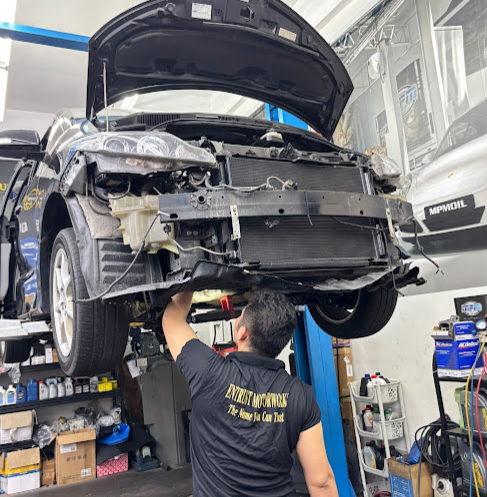Indra's Net as Universal Connection Framework
Indra's net (Web of Indra), is an ancient concept describing the universal network connecting all nature and living things, as a therapeutic tool for grounding, nervous system regulation, and spiritual connection in modern practice.
https://reflexology.school/blogs/articles-by-quanta/indras-net-as-universal-connection-framework
Indra's net (Web of Indra), is an ancient concept describing the universal network connecting all nature and living things, as a therapeutic tool for grounding, nervous system regulation, and spiritual connection in modern practice.
https://reflexology.school/blogs/articles-by-quanta/indras-net-as-universal-connection-framework
Indra's Net as Universal Connection Framework
Indra's net (Web of Indra), is an ancient concept describing the universal network connecting all nature and living things, as a therapeutic tool for grounding, nervous system regulation, and spiritual connection in modern practice.
https://reflexology.school/blogs/articles-by-quanta/indras-net-as-universal-connection-framework
0 Commentarii
0 Distribuiri
84 Views
0 previzualizare













